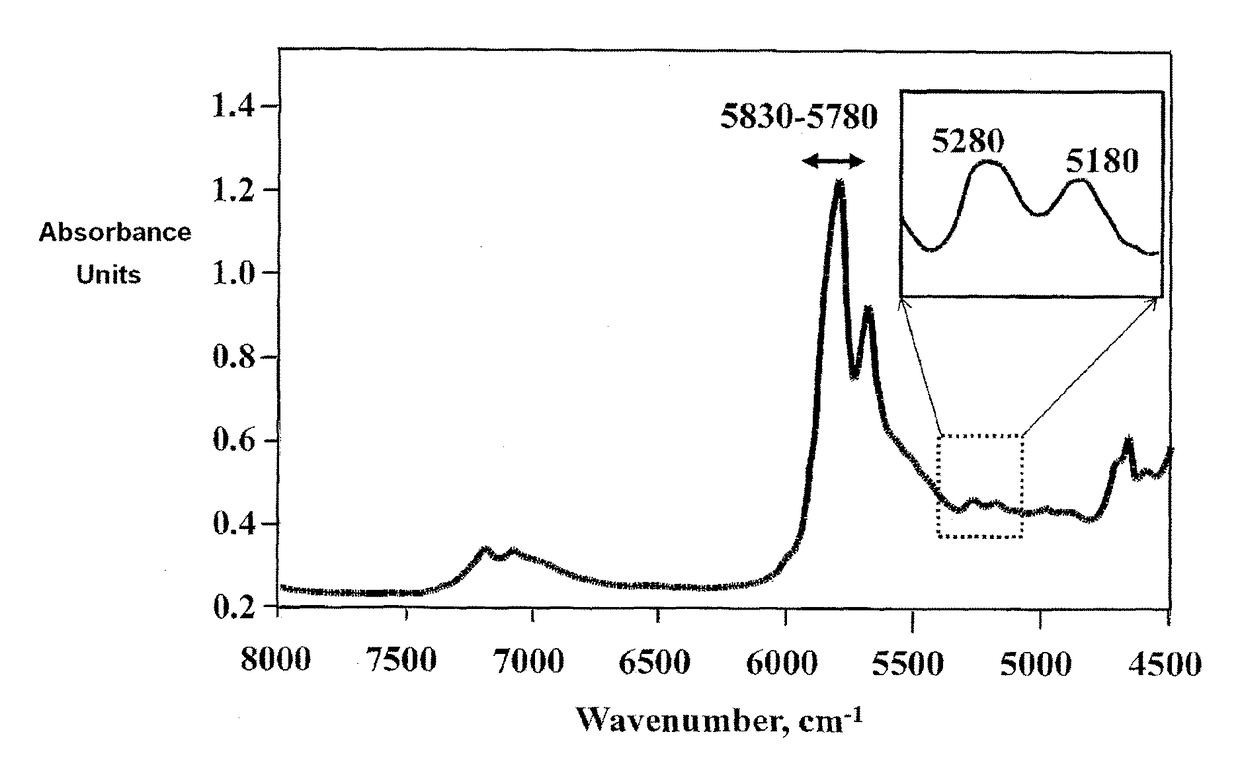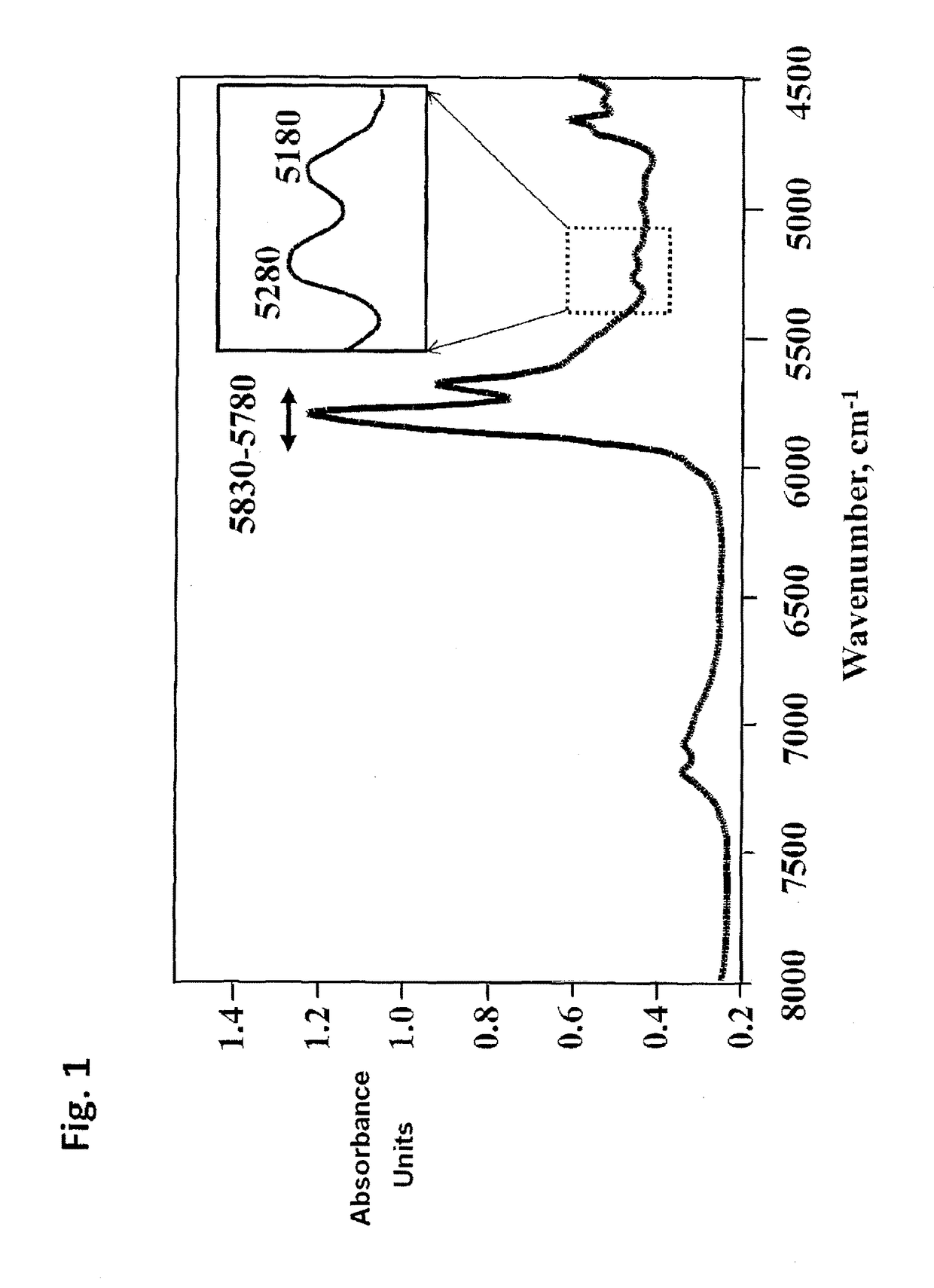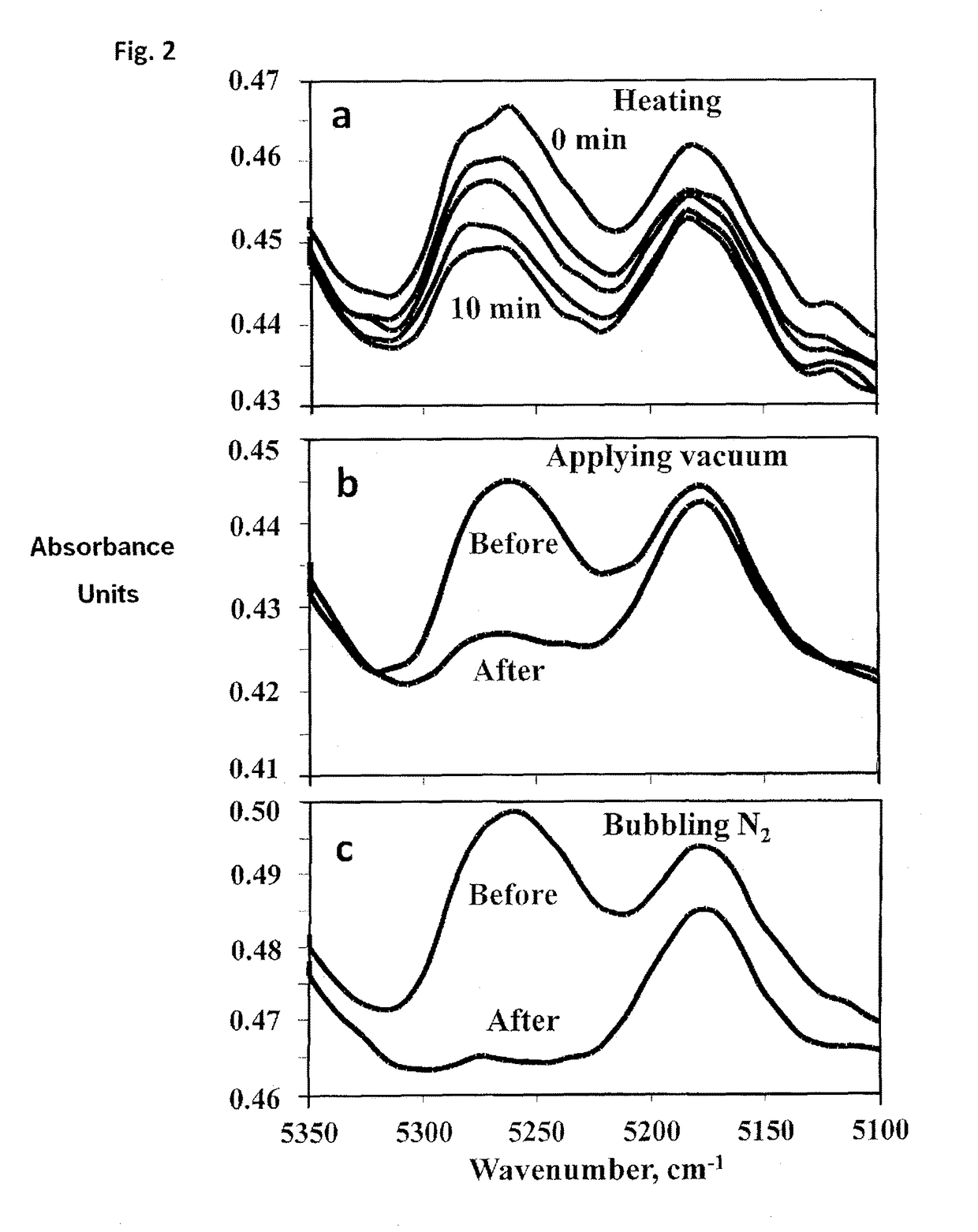Method And Technique For Verification Of Olive Oil Composition
a technology of olive oil and composition, applied in the field of olive oil composition verification, can solve the problems of high labor intensity and time consumption of official methods used to detect adulteration of olive oil, destructive and time-consuming, and routine sample testing is not typically feasible, and the approach is not typically feasible. rapid and routine, the effect of destroying and time-consuming
- Summary
- Abstract
- Description
- Claims
- Application Information
AI Technical Summary
Benefits of technology
Problems solved by technology
Method used
Image
Examples
examples
[0052]The novel features which are believed to be characteristic of the present invention, as to its structure, organization, use and method of operation, together with further objectives and advantages thereof, will be better understood from the following examples in which a presently preferred embodiment of the invention will now be illustrated by way of example only.
[0053]It is expressly understood, however, that the examples are for the purpose of illustration and description only and are not intended as a definition of the limits of the invention.
PUM
 Login to View More
Login to View More Abstract
Description
Claims
Application Information
 Login to View More
Login to View More - R&D
- Intellectual Property
- Life Sciences
- Materials
- Tech Scout
- Unparalleled Data Quality
- Higher Quality Content
- 60% Fewer Hallucinations
Browse by: Latest US Patents, China's latest patents, Technical Efficacy Thesaurus, Application Domain, Technology Topic, Popular Technical Reports.
© 2025 PatSnap. All rights reserved.Legal|Privacy policy|Modern Slavery Act Transparency Statement|Sitemap|About US| Contact US: help@patsnap.com



